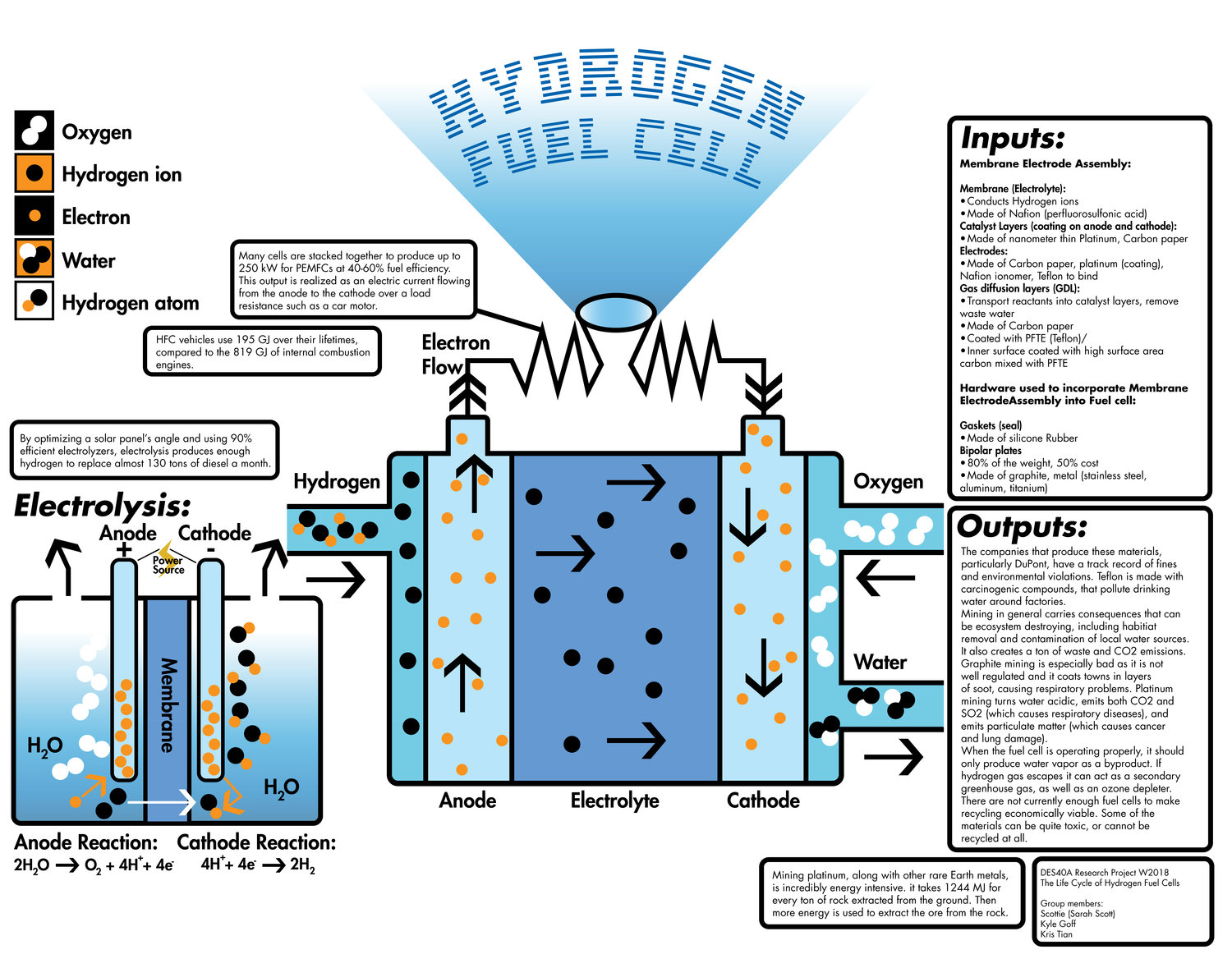Science & Technology
India's first Indigenous Hydrogen Fuel Cell Ferry
- 02 Mar 2024
- 6 min read
For Prelims: Hydrogen Fuel Cell, Harit Nauka Initiative, Cochin Shipyard, Clean Energy Solutions, Green Hydrogen, Zero-Emission Fuels, National Hydrogen Energy Mission (NHM), Jawaharlal Nehru National Solar Mission (JNNSM), International Solar Alliance, PM- KUSUM, National Wind-Solar Hybrid Policy, Rooftop Solar Scheme
For Mains: Reservation and Its Implication Over Social Equality.
Why in News?
Recently, Prime Minister of India flagged off India’s first indigenously built hydrogen fuel cell ferry boat in virtual.
- The hydrogen cell-powered inland waterway vessel launched under the Harit Nauka initiative.
What are the Other Key Highlights About the Ferry?
- About:
- The vessel's flagging off was a key component of a major program that involved the foundation stone laid for a ₹17,300-crore project, including the outer harbor at the V.O. Chidambaranar Port.
- The vessel has been built at the Cochin Shipyard.
- Importance:
- It will make urban mobility smooth and easy through inland waterways. The vessel underscores the pioneering step for embracing clean energy solutions and aligning with the nation’s net-zero commitments.
Note
The V.O. Chidambaranar Port is the first Green Hydrogen Hub Port of the country and the projects include a desalination plant, hydrogen production and bunkering facility.
What is the Harit Nauka initiative?
- About:
- The Ministry of Ports, Shipping and Waterways unveiled the Harit Nauka guidelines for inland vessels in January 2024.
- Guidelines:
- As per the guidelines, all states have to make efforts to use green fuels for 50% of inland waterways-based passenger fleets in the next one decade, and 100% by 2045.
- This is to reduce greenhouse gas emissions as per the Maritime Amrit Kaal Vision 2047.
- Globally, the shipping industry is increasingly transitioning to green fuels due to environmental regulations, sustainability goals, and advancements in green fuel technologies.
- Hydrogen and its derivatives are gaining attention for promising zero-emission fuels for the industry.
What is a Hydrogen Fuel Cell?
- About:
- Hydrogen fuel cells are a clean, reliable, quiet, and efficient source of high-quality electric power.
- They use hydrogen as a fuel to drive an electrochemical process that produces electricity, with water and heat as the only by-products.
- Hydrogen is one of the most abundant elements on earth for a cleaner alternative fuel option.
- Significance:
- Zero Emission Solutions: It is one of the best Zero Emission solutions. It is completely environment friendly with no tailpipe emissions other than water.
- Tailpipe emissions: Emission of something such as gas or radiation into the atmosphere.
- Quiet Operation: The fact that the fuel cells make little noise means that they can be used in challenging contexts, such as in hospital buildings.
- Zero Emission Solutions: It is one of the best Zero Emission solutions. It is completely environment friendly with no tailpipe emissions other than water.
- Initiatives Taken: The Union Budget for 2021-22 has announced a National Hydrogen Energy Mission (NHM) that will draw up a road map for using hydrogen as an energy source.
- Other Initiatives for Renewable Energy:
Net-Zero Target
- It is referred to as carbon neutrality, which does not mean that a country would bring down its emissions to zero. Rather, it is a state in which a country’s emissions are compensated by the absorption and removal of greenhouse gasses from the atmosphere.
- Further, absorption of the emissions can be increased by creating more carbon sinks such as forests.
- While the removal of gasses from the atmosphere requires futuristic technologies such as carbon capture and storage.
- More than 70 countries have promised to become Net Zero by the middle of the century i.e., by 2050.
- India has promised to cut its emissions to net zero by 2070 at the Conference of Parties (COP)-26 Summit of UNFCCC.
UPSC Civil Services Examination Previous Year Question (PYQ)
Prelims:
Q. Hydrogen fuel cell vehicles produce one of the following as “exhaust” (2010)
(a) NH3
(b) CH4
(c) H2O
(d) H2O2
Ans: (c)
Exp:
- A fuel cell is a device that converts chemical energy (energy stored in molecular bonds) into electrical energy.
- It uses Hydrogen gas (H2) and Oxygen gas (O2) as fuel and the products of the reaction in the cell are water (H2O), electricity, and heat.
- This is a big improvement over internal combustion engines, coal-burning power plants, and nuclear power plants, all of which produce harmful byproducts. Therefore, option (c) is the correct answer.
Mains:
Q. Describe the major outcomes of the 26th session of the Conference of the Parties (COP) to the United Nations Framework Convention on Climate Change (UNFCCC). What are the commitments made by India in this conference? (2021)





